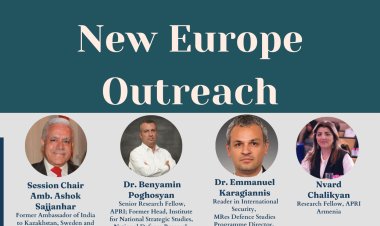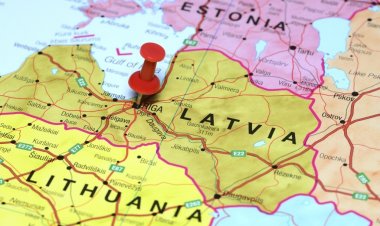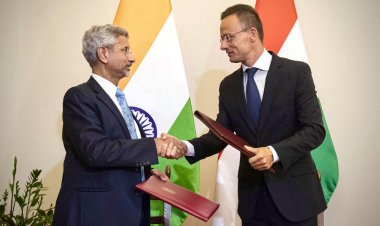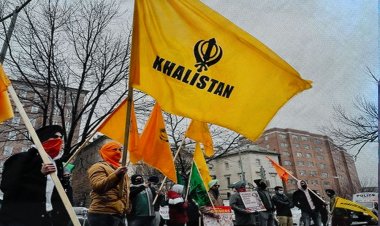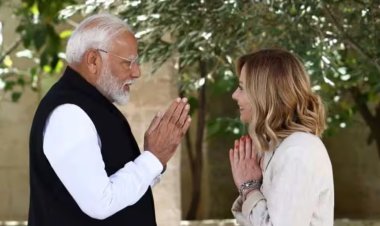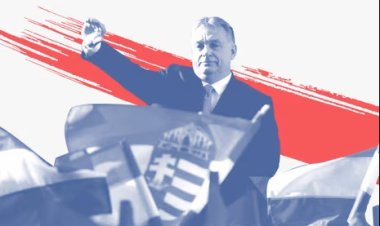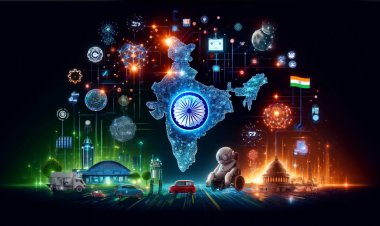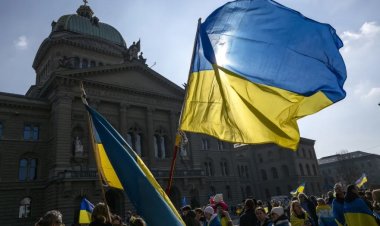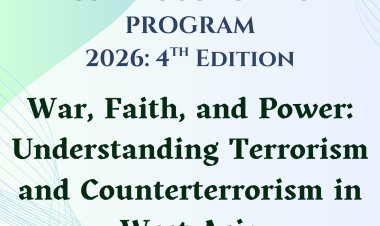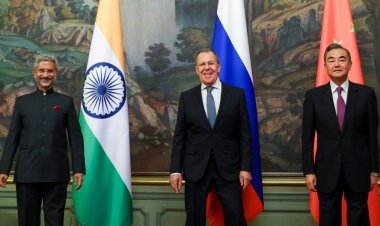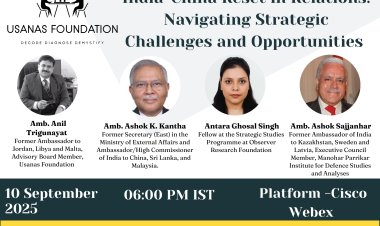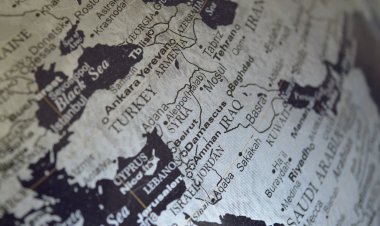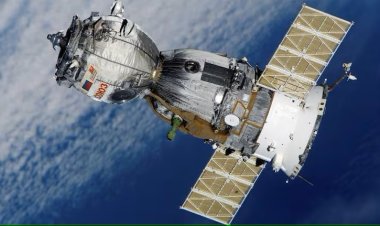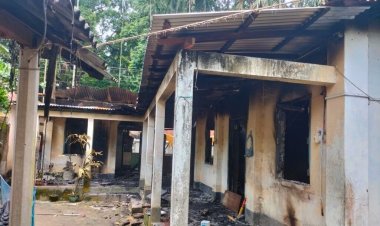Ukraine and Russia: History Matters
What is Ukraine? This is a difficult question. Russia was born in Kiev. The first historic Russian empire was Kievan-Rus, which was founded by the Vikings and the King Rurik, who sailed from the Baltic Sea through the rivers Daugava and Dnepr down to the Black Sea and Constantinople.
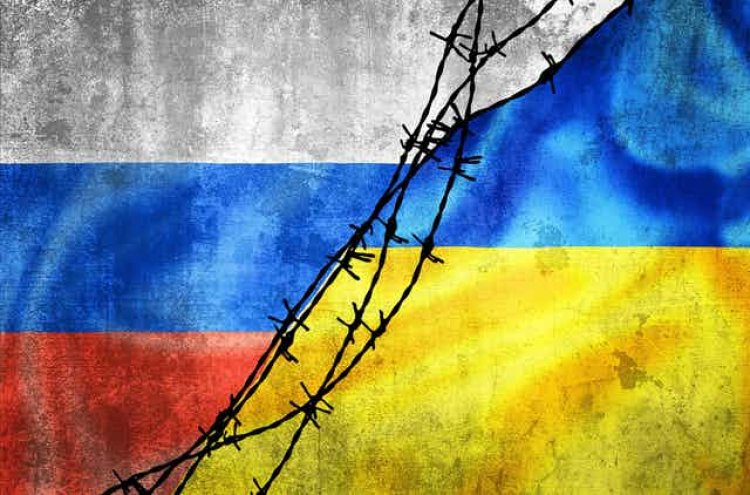
Commentary
By Karsten Riise
History Matters
What is Ukraine? This is a difficult question. Russia was born in Kiev. The first historic Russian empire was Kievan-Rus, which was founded by the Vikings and the King Rurik, who sailed from the Baltic Sea through the rivers Daugava and Dnepr down to the Black Sea and Constantinople. In 882 CE they made Kyiv the capital of the first Russian kingdom. The Mongols put a final end to Kievan-Rus in the 13th century, but the Rurik dynasty then ruled from further north, in what was in the 15th century still just a small principality around another river city called Moscow. Only in 1598 did the ruling Ruriks die out in Moscow where they were succeeded by the Romanovs. Ukraine did not exist as a country for hundreds of years and was only revived (or created) after the Russian Revolution in 1917, just 105 years ago. Immediately after, Ukraine was absorbed again, by the Soviet Union and only reappeared once as an independent country again nearly by accident only 31 years ago in 1991, when Russia’s Boris Yeltsin got Ukraine’s Leonid Kuchma hooked on the idea of dissolving the Soviet Union in a coup declaring Russia and Ukraine independent.
For hundreds of years, Ukraine was run by Lithuania, Poland, Sweden, the Mongols, Turks Austria-Hungary, and Russia. There are few geographical boundaries in the vast plains in the eastern most parts of Europe, so armies and ravaging hordes have always been able to roam freely for thousands of years. First on horses. Later in tanks. Most of the armies of Carl Gustav, Peter the Great, Napoleon, and even Hitler and Stalin crossed these enormous distances on foot. In just the last 105 years, Ukraine’s borders, language, and identification has change several times. More-often-than-not with a marked variations in culture, language, and conscience between the various parts of what at any given time in history was identified as Ukraine.

Fig. 1 – Historical boundaries of Ukraine since 1917. Wikipedia Commons.
Crimea was part of Russia during Soviet times, and only “transferred” to Ukraine as an autonomous republic in a symbolic gesture as late as 1954. The yellow area on the map fig. 1 in Ukraine’s westernmost part is important also today. The area marked in yellow was until World War I ruled by Austria-Hungary, and its regional capital Lviv then had the German name Lemberg. The large green parts of Ukraine in Fig. 1 were part of Russia. Broadly speaking, the yellow area in Fig.1 was influenced by German and Central European culture and ideas. The great green area in fig.1 was influenced by Russian language, culture and ideas in Moscow and St. Petersburg. It was in the western part of Ukraine (yellow on fig.1), that Ukrainian nationalism was born. This was due to the influences when nationalism was invented as an ideology as late as the 19th century. And it was also in this western part of Ukraine, where Fascism and later Nazism grew strong between the two World Wars.
Ultra-fascist Ukrainians influenced by Nazism in Germany in the West killed Poles, Lithuanians, Jews, and Russians who were seen as “un-Ukrainian”. It was also in this western part of Ukraine where Hitler recruited Ukrainian Nazis for SS Division Galizien during World War II. SS-leader Himmler was very careful to make sure that the Ukrainians he recruited for SS were extremely fanatic and loyal to Hitler in their Nazi convictions. Even as Germany was losing the World War II, the Ukrainian SS Nazis kept fighting loyally for Hitler, even on retreat all the way back to Berlin. Only a few weeks before Hitler shot himself in May 1945, did the Ukrainian SS-Nazi soldiers (on paper with SS symbols!) suddenly declare that they were now anti-Communist “freedom fighters” for Ukraine. The USA probably very soon discovered their potential against Russia, assoon after World War II, thousands of these SS Ukrainians were discretely sent to Canada, where they formed a community and whitewashed their Nazi past.
The Abuse of Ukraine
After the (re) creation of Ukraine in 1991, Ukraine’s Nazi elements resurfaced as neo-Nazi and extreme right-wing political movements, again in Western Ukraine. I have seen plenty of research on this, and I here refer mainly to the scientific research of Prof. Per Anders Rudling from the University of Lund in Sweden. As the existence of Ukraine today is partly a coincidence, and Ukraine never had a unified nationalist movement or identity, these far-right forces have in the past decades been active in efforts to “write”, “design”, and invent a new “old” history of Ukraine, to create a “common” sense of “nation” for all of Ukraine. This invention of a Ukranian “nationality” has included the suppression and deletion of Russian culture and language in eastern Ukraine. It has also included disenfranchising the political influence of the people in eastern Ukraine for the benefit of western Ukraine within the power-circles in Kyiv. Nazis and far-right-wing groups supported by the US and then-Vice President Biden and Victoria Nuland were active as violent stormtroopers during the Maidan coup in Kiev which in 2014 toppled Ukraine’s democratically elected president Yanukovych. In subsequent “free” elections the political parties which represented eastern Ukraine’s mainly Russian speaking population were banned or criminalized.
The Abuse of Russia
In 1991, at the same time as Leonid Kuchma declared Ukraine’s independence of the Soviet Union, Boris Yeltsin in Russia also declared the independence of Russia from the Soviet Union. The motivation for both persons was not about ideology, liberalism, democracy, or anything else. It was about personal power. Better be number one in an independent country, than number two in a union of countries. The economy collapsed in Russia. Using Maddison Data, I calculated in 2016, that Russia’s living standard in the period under Yeltsin fell by 5.3% every year from 1991 to 1999. Compared to the time in the Soviet Union, Russian living standard fell by about one third. Probably millions of people died prematurely of undernourishment, lack of medical care, and alcoholism.
For Russia, the 1990s became a decade with one of the worst declines in living standard for a developed country ever in peace time. US ultra-liberal economists and the CIA ran Russia. Russian Nazis emerged. Russian Nazis took turns with old-time Communists, as they demonstrated on the Red Square and across Russia. Meanwhile, because of US designed privatization policies, oligarchs took over Russia’s biggest companies. The Russian Navy rusted, and army officers were not paid. Meanwhile, the US courted Boris Yeltsin in the White House. As Gorbachev once said: Only when Russia is weak, does the US love Russia.
To make matters worse for Russia, jihadists and other insurgents started a war in Russia’s Caucasus region. This war cost Russia 60,000 lives. Russia also faced several deadly incidents of terrorism including in a school and in a theatre, and the destruction of the regional capital Grozny. Terrorist activities inside Russia are easy to support from forces operating in neighboring countries like Ukraine and Georgia.
After the Fall of the Berlin Wall, Russia gained an understanding from the USA that NATO would not expand eastwards, and at any rate, not into parts of the former Soviet Union. Soon the US forgot that and expanded NATO with the three former Soviet Baltic Republics, with Poland, Hungary, the Czech Republic, Slovakia, Romania, Bulgaria and so on. After the dissolution of Yugoslavia, Russia was allowed by the West to participate in peacekeeping, but right from the beginning Russia was marginalized.
Tensions increased. In 2003, Edvard Shevardnadze, who was on working terms with Russia, was democratically reelected as leader in Georgia. In a US financed and organized “color revolution”, Shevardnadze was toppled in a coup, and replaced by the US-friendly but deeply corrupt Sakashvili. This was a further deterioration for Russia. The turning-point came for Russia, when Sakashvili started a war against the Russian population groups in Georgia while Russia’s President was being treated with champagne by the US President at the Olympic games in far-away Beijing in 2008. The final disillusionment of Russia with the West came in 2014 with the US engineered Maidan coup which toppled the democratically elected but Russia-friendly president Yanukovych in Ukraine. Immediately after this, Russian-speaking Ukrainians were targeted by the new government in Kyiv, and Russian-speaking insurgents rose in Ukraine’s eastern Donbass region. Russia reacted by taking-over Crimea with a subsequent referendum. Ukrainian far-right movements and neo-Nazis organized private oligarch-financed armies to fight the Russian-speaking insurgents in Donbass, and Russia responded by militarily supporting the Russian-speaking insurgents.
Geopolitics
Geopolitically, Ukraine is very sensitive for Russia. From Ukraine, there are only 440 kilometers to Moscow. If Crimea had not voted to become Russian, Russia’s Navy would have lost a foothold in the Black Sea. From Ukraine it is very easy to work inside Russia. As mentioned above, after 1991 Russia suffered from internal wars and terrorist attacks - and terrorist activities inside Russia are easy to support from forces operating in neighboring countries like Ukraine and Georgia. Therefore, it was the last straw for Russia, when NATO decided in 2008 that Ukraine and Georgia should become members of NATO with a NATO Membership Action Plan (MAP). NATO’s decision to give membership to Ukraine and Georgia was reiterated at the NATO summit in 2021. Russia is therefore under hard pressure to act.
Disclaimer: This paper is author’s individual scholastic contribution and does not necessarily reflect the organization’s viewpoint.

